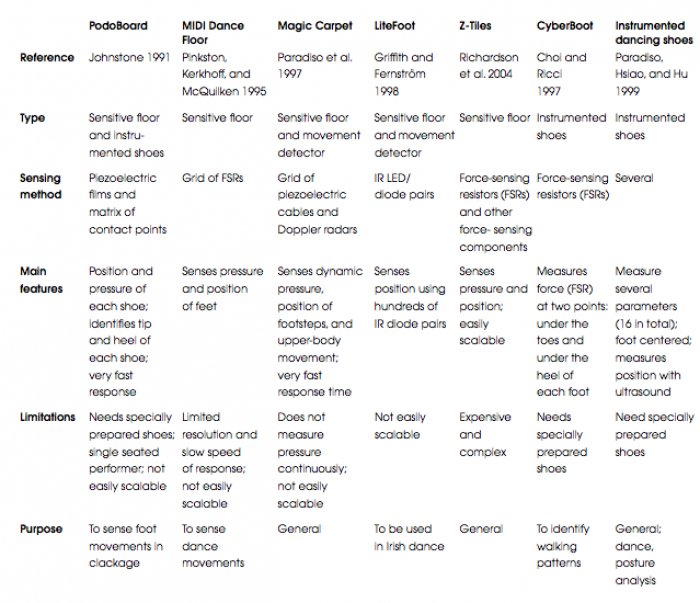New Digital Musical Instruments: Control and Interaction Beyond the Keyboard
| Authors: |
Eduardo Reck Miranda (University of Plymouth), chapters 4 and 5 Marcelo M. Wanderley, chapters 1, 2 and 3 |

|
|---|---|---|
| Editors: |
|
|
| Publisher: | A-R Editions, Inc., Middleton, WI, USA | |
| Series: | Computer Music and Digital Audio Series N. 21 | |
| Date: | 2006 | |
| ISBN: | ISBN 0-89579-585-X |
Book Description
This textbook is an attempt at documenting developments related to novel gestural controllers and digital musical instruments with a view to informing researchers and musicians interested in designing new musical interfaces with control and interaction beyond the keyboard paradigm.
Our approach is to provide an overview of various developments on the design of novel gestural controllers, with various references to the literature on the subject. By following this approach, we hope to provide readers with a context to help them understand and compare the advantages and drawbacks of these interfaces, as well as tips to their design.
Example: A comparison of 7 foot-sensing devices (chapter 2, page 65):
Chapters
The book is divided into five chapters:
- Chapter 1 discusses the notion of gestures in music, their acquisition, and their mapping onto the variables of a synthesizer.
- Chapter 2 focuses on gestural controllers. We review various examples of controllers and compare implementations of similar ideas. We then present various case studies on specific controller implementations, on issues of controller classifications, and on controller design evolution. The chapter ends with a discussion of advanced controller issues such tactile and force-feedback devices, high-end movement trackers, collaborative and Web-based devices, and adaptive controllers.
- Chapter 3 follows with an introduction to sensors and sensor-to-computer interfaces. Here we present more than 20 different sensors and review their application in the design of various digital musical instruments.
- Chapter 4 introduces the notion of biosignal interfaces—that is, the use of electrical signals produced in the body, such as nerves, muscles, and brain signals, to control music. We present different types of biosignals and introduce basic techniques to render these signals useful for musical control.
- Chapter 5 discusses an interesting route to the design of new instruments that involves the provision of artificial intelligence in order to render such instruments interactive. Here, the notion of musical instruments as devices that produce sound in response to body gestures is enriched by the idea of musical instruments that generate music interactively.
Chapters 1, 2, and 3 were written largely by Marcelo M. Wanderley. Chapters 4 and 5 were written largely by Eduardo Miranda, the main editor for the text. The video examples of sensors were provided by David Birnbaum, Paul Kosek, Joseph Malloch, and Elliot Sinyor, graduate students at the Input Devices and Music Interaction Laboratory, McGill University.

